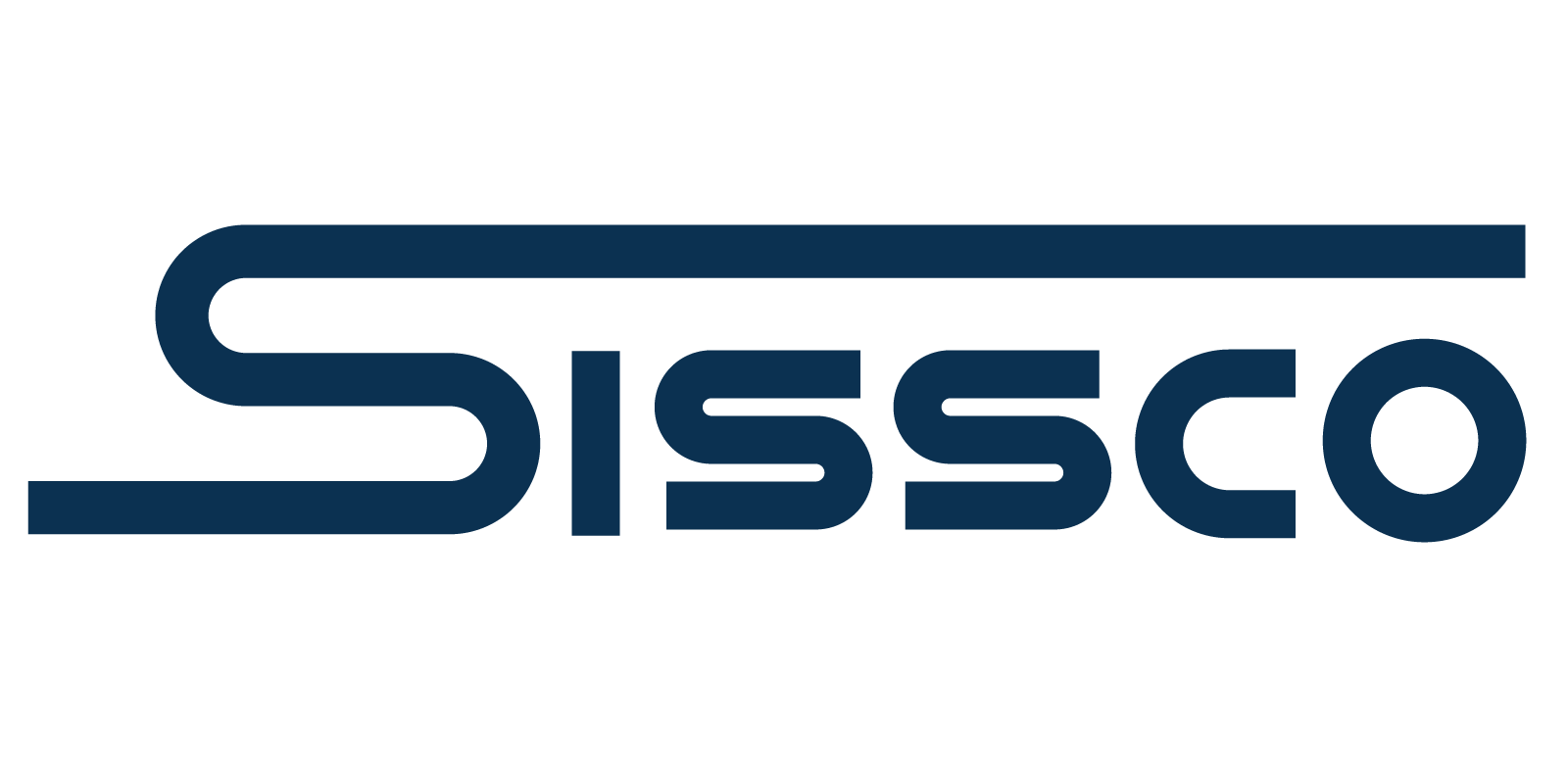When using an overhead crane, precision and control are essential to safe and efficient operation. Not only does this require a skilled team of crane operators but the cranes must be in good operating condition. One common issue that crane operators run into is crane skewing. Overhead crane skewing is when the bridge is not perfectly perpendicular to the runway. It can be caused by a variety of conditions and must be fixed before operations begin. Let’s go over the basics of anti-skew and positioning control to keep your operations running smoothly.
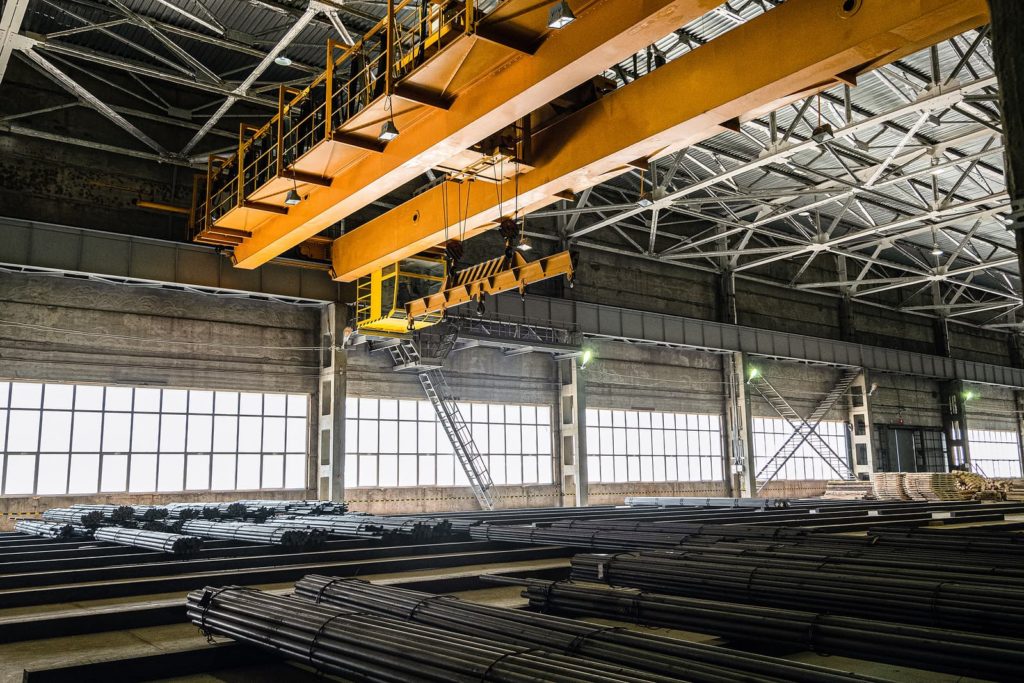
Signs of Skewing
Aside from the overhead crane appearing skewed visually, there are some signs to look out for that indicate skewing. These include loud sounds like scraping, broken and cracked wheel flanges, as well as wear and tear on wheels, their bearings, and rails. Worn down wheels will float and hit the ground intensely during operation. Crane skewing also requires more power to operate the crane. If you suspect crane skewing but can’t visibly identify it, look out for these issues.
Wear and Tear
Overhead crane skewing doesn’t only jeopardize the safety of crane operators, it puts stress on the equipment. One result is uneven wear on the wheels. When the wheels on a crane wear down, the balance is thrown off, causing wheel slippage and making it difficult to properly spot loads accurately. Improperly spotted loads can overload the equipment and cause disastrous results. The skewing also puts uneven stresses on the crane machinery, requiring more maintenance and creating a shorter lifespan for the equipment. Because cranes are essential to the financial success of the business operating them, the wear and tear will negatively impact their bottom line.
Skewing Prevention
Selecting a reputable overhead crane design and fabrication company is the first step in avoiding crane skew. A company that has a strong engineering group that will follow the CMAA guidelines as well as has a quality control system in place to constantly check for span and squaring process during fabrication. As technology advances, more ways to maintain accuracy and eliminate skewing arise. There are also laser distance sensors than work together with programmable logic controllers which automatically adjust for any skewing that occurs.
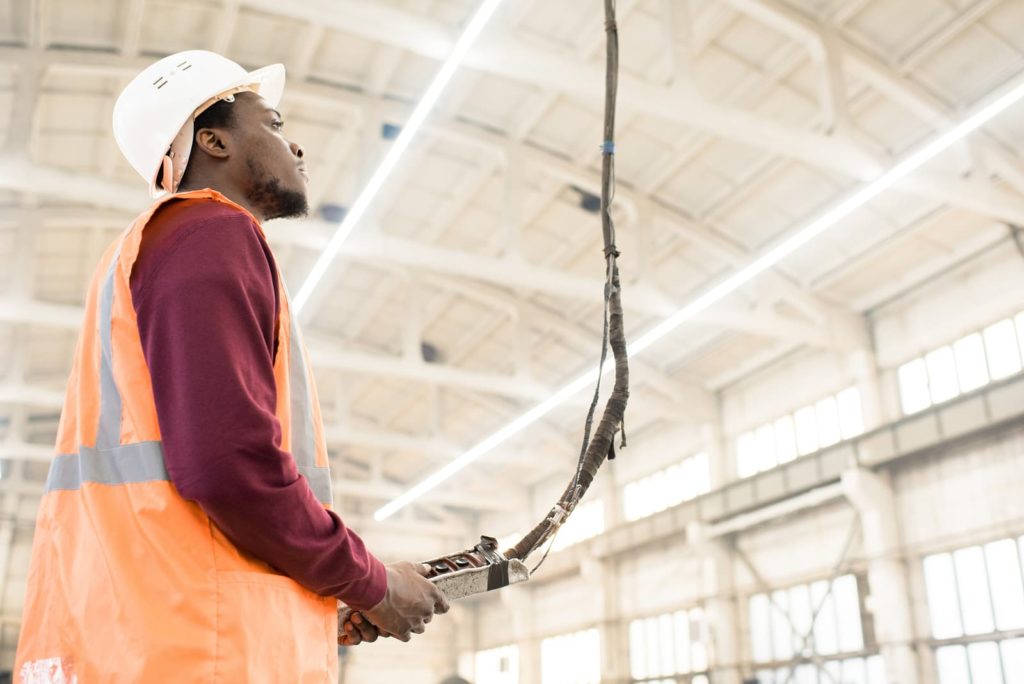
Go to the Experts
While these techniques are effective, the best way to control skewing is through proper and regular maintenance of your crane fleet. For the very best in Crane Maintenance, choose SISSCO Material Handling Equipment. For over 45 years we’ve made the manufacturing and maintenance processes more efficient, cost-effective and safe.
Our technicians and field operations team brings the industry’s most experienced overhead crane and hoist mechanics and electricians. Our highly skilled parts and service team is here to make sure we can help our customers maintain a safe working environment for their overhead lifting equipment. We also specialize in providing maintenance services and parts for other material handling equipment.
Our inspection and maintenance services strictly follow OSHA, ANSI and CMAA standards as they pertain to overhead cranes and hoists. We proudly offer Safety Inspection & Preventative Maintenance, Factory-Authorized Hoist & Crane Repair, part replacement, and 24/7 emergency service. For over 45 years we’ve made manufacturing and maintenance processes more efficient, cost-effective and safe. Our manufacturing, installation and safety solutions keep businesses moving forward. Your business depends on your equipment and we are here to keep everything in tip-top shape. Give us a call today to schedule the very best in crane maintenance services.

